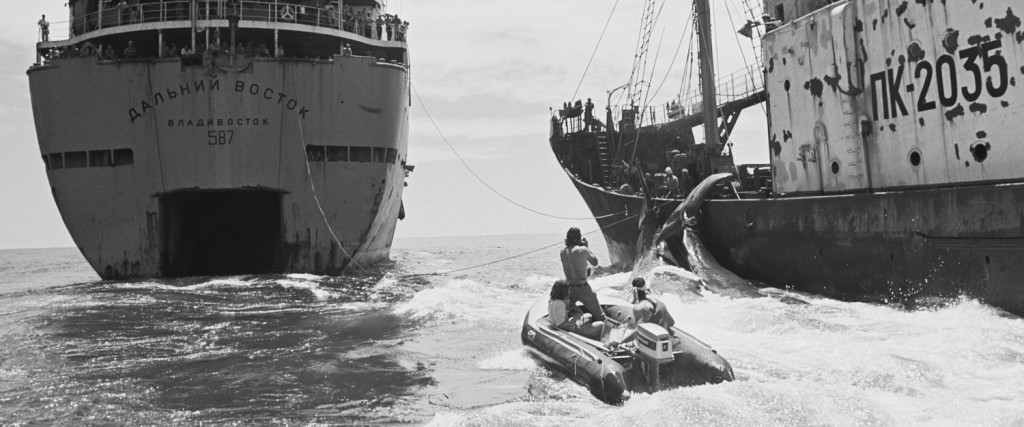By: Addison Wylie
Ecology activists finally have their own Muscle Shoals. Just as Muscle Shoals made audiences feel as if they were living through incredible years of music, Jerry Rothwell’s How to Change the World takes the viewer through a vivid recollection of the conception of Greenpeace.
Paul Watson, Patrick Moore among others (including Robert Hunter, who co-founded the movement which promotes anti-war and eco-friendliness) are interviewed about various expeditions that were eye-openers to the public and earned Greenpeace worldwide glory. Rothwell also utilizes archival footage documented from these missions, and flawlessly interweaves them into the sentiment each crew member exudes.
If the filmmaker opted not to show any visuals and use basic voiceovers, it would be very hard for the average movie goer to decipher what was shot in the past and what was recorded in the present. The activists may have aged, but their passion hasn’t withered since these early protests. Rothwell also allows the interviewees to open up about how fame and fellow egos could often intersect with other viewpoints within Greenpeace and during the planning of protests.
The best parts of How to Change the World happen during the older footage aboard the Greenpeace Zodiac. The viewer legitimately feels as if they’re banding with these skilled individuals. We feel as if we’re part of something important. Mind you, Rothwell pushes his luck by believing this tactic can solely keep his overlong documentary afloat. Just like a tangled fishing net, the film has its fair share of baggy snags when the doc bobs idly – waiting for another significant mission to take place. However, Rothwell’s How to Change the World makes for a unique cinematic journey nonetheless.




Be the first to comment